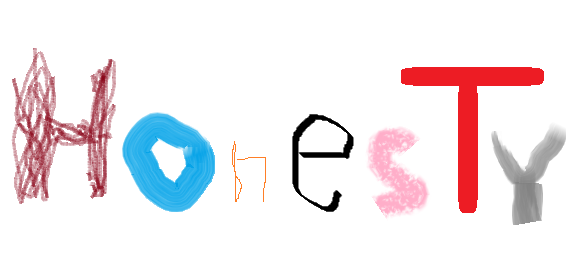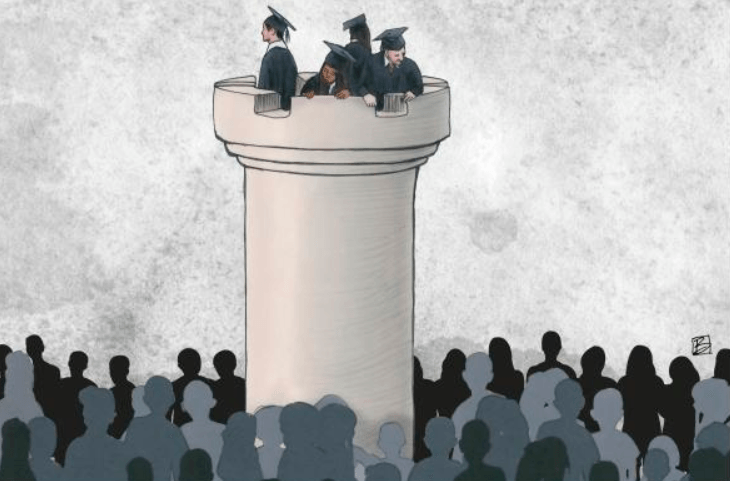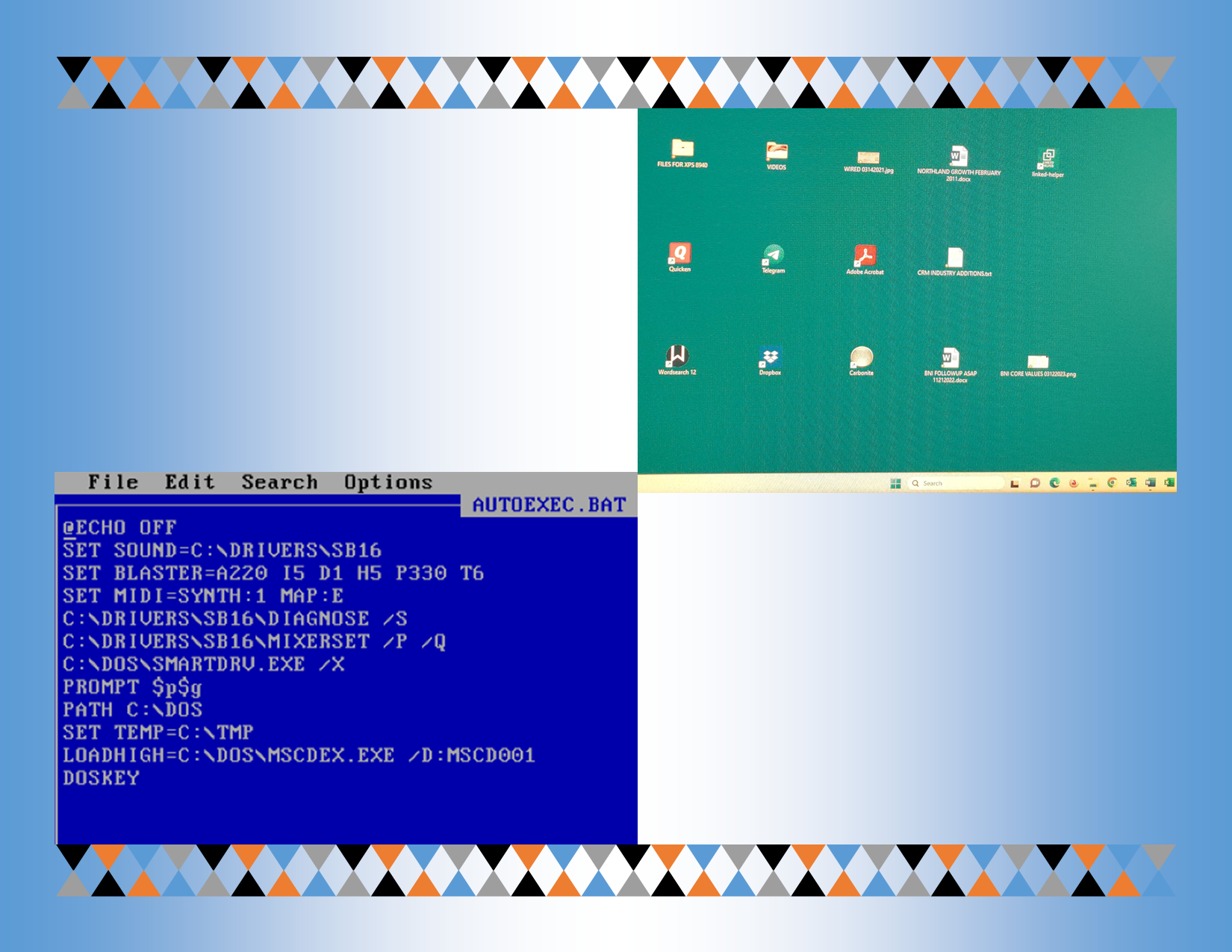INNOVATION THROUGH DIVERSITY
Repeatedly, we discover diverse perspectives are extremely important for innovation. Mary Barra (the senior vice president of global product development for GM, and soon-to-be CEO) was asked how she kept the innovation process fresh. Diversity was intrinsic to her reply (“Smart Talk” Fast Company , February 2013, p. 53):
“ One way is by reaching out to young students and nonautomotive industry leaders to identify new processes, styling trends, emerging transportation needs, and socioeconomic factors that help us realize technology’s full potential. ”
Karen Hershenson embraces a similar philosophy. She is the innovation facilitator for The Clay Street Project with Proctor & Gamble. Her group tackles innovation challenges not only for P&G, but also for outside clients in noncompeting industries. In this role, Hershenson constantly uses diversity principles to discern the very best innovation solutions. She and her team recognize diversity’s essentiality for the best success (as told to Lydia Dishman, “The Facilitator: Expand the Meaning of Expert” Fast Company , February 2013, p. 53):
“ At the beginning of the process, everyone on the team shares his or her perspective on the problem. Then, we bring in one of the 300 experts in our network . . . from the arts, education, or science. We tell them not to try to solve the problem for the team but to do what they do best. For example, when we had a team that didn’t understand how important its product was in people’s lives, we brought in artists to talk about their processes and how everyday objects have meaning. For another team, we brought in an acting coach to help build the brand’s character. The coach explained how actors develop characters by not just playing the part, but being the part. We’ve even brought in a cultural mythologist to help give a fresh take on logos. ”
Innovation is fueled by many things, but one of its most powerful fuels is diversity. Sometimes you can drink so much of your own Kool-Aid that you no longer recognize other flavors. When this happens, you have created a self-imposed perceptual limitation—you cannot innovate into something new; you can only syncopate with something old. I love the way Ben Kaufman (founder of Quirky) summarizes this dynamic (Derek Thompson, “Finding the Next Edison” The Atlantic , January/February 2014, pp. 24–27):
“ ‘When you become infinitely educated in a category, you’re your own worst enemy, because you can instantly say the 15 to 20 reasons something isn’t needed, and you don’t realize the one reason it is needed.’ ” (p. 24)
Innovation often derives from unusual connections. That is why things that strike us as diverse sometimes strike us as unusual. Therefore, by embracing diversity principles and practices, we open ourselves up to the unusual and thereby open ourselves up to innovation.
Do you want more innovation? Pursue diversity.










